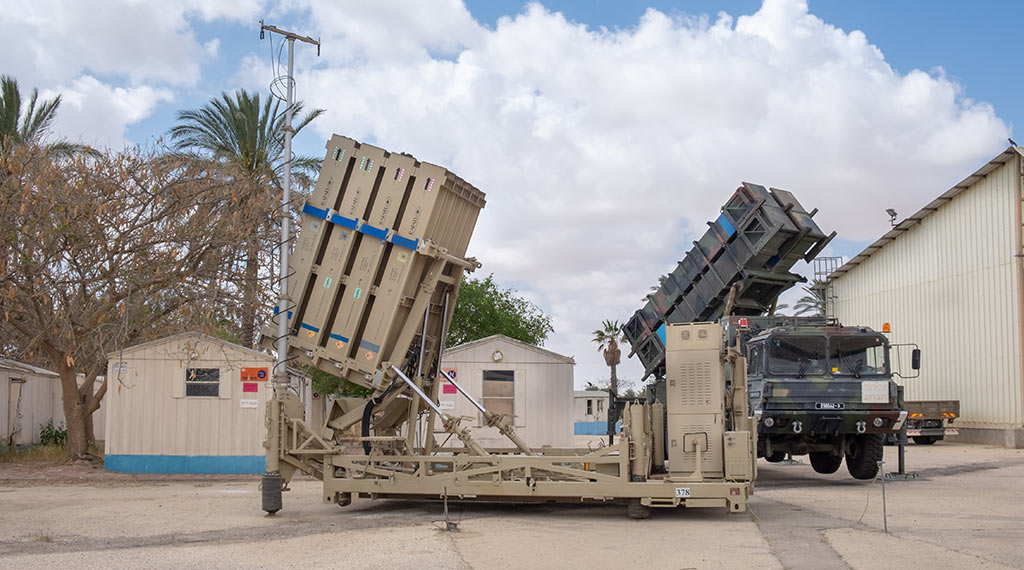
Perhaps Israel’s most recognizable defense system is the Iron Dome. Considered one of the most formidable air defense apparatuses in use, the Dome plays a major role in ensuring the survival of the Jewish state.
Since Israel is surrounded by hostile neighbors, the protection of the country’s airspace is of critical importance. Iran-linked proxy groups on Israel’s northern and southern borders launch frequent drone and rocket barrages targeting civilian population centers in the country. The Iron Dome is a critical tool in combating these incessant attacks, and it has saved many lives since it entered service.
Introducing the Iron Dome
With a success rate of over 90%, Israel’s Iron Dome is a top-tier defender.
In the early 2000s, Hezbollah launched thousands of rockets toward Israel from Lebanon, killing dozens of Israelis and resulting in mass evacuations from the north. Understanding that absorbing this type of violence would not be sustainable, the Israeli government wanted a system that could thwart such bombardments. The Israel Defense Forces first proposed a domestic, short-range anti-missile system, but U.S. defense officials cautioned that it would not meet Israel’s needs.
By 2011, the Iron Dome was deployed. In that same year, the air defense system intercepted a Gaza-launched rocket for the first time.
Originally produced in Israel, the Iron Dome was designed by the state-owned Rafael Advanced Defense Systems with U.S. backing. The U.S. continues to provide funding for the Iron Dome today. The air defense system is designed to intercept and take out short-range projectiles from a range of 2.5 to 90 miles. Over the years, the Iron Dome has acquired new capabilities. It can now destroy cruise missiles, unmanned aerial vehicles, and mortar shells.
Equipped with a radar that locates incoming rockets, the Iron Dome then uses a command-and-control system that can ascertain quickly whether a projectile poses an immediate threat to civilians.
As detailed by the Center for Strategic and International Studies, the Iron Dome battery comprises three to four launchers, a battle management system, and a fire control radar.
- Israel’s $2 Iron Beam Laser Could Disrupt Missile Warfare - December 23, 2025
- US Stands Up New Drone Strike Force in the Middle East - December 9, 2025
- Has Russia Finally Sold its Su-35s to Iran? - December 2, 2025
